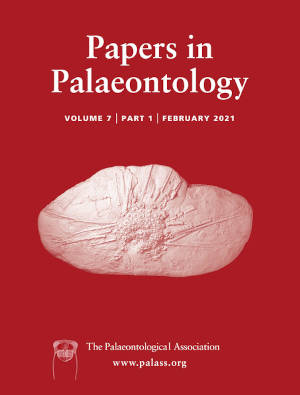Reg. Charity No. 1168330

The West Indies are a natural laboratory for the study of biogeography and evolution, especially for mammals. The modality of their arrival in the Caribbean islands is a highly controversial issue, and palaeontological evidence remains particularly elusive. Lower Oligocene deposits of Puerto Rico (c. 29.5 Ma) have recently yielded the oldest archipelago rodents, with teeth of two chinchilloid caviomorphs of South American origin. Here we report the discovery of additional dental remains from the same level, testifying to the occurrence of another rodent group. Their morphology is singular but otherwise characteristic of North/Central American geomyin geomorphs (including extant kangaroo rats, pocket mice, and pocket gophers), and leads us to propose here a new taxon: Caribeomys merzeraudi gen. et sp. nov. The evidence of geomorphs in the West Indies challenges the view that all extinct and extant Antillean rodents derived from South American sources. The morphological singularity of this Puerto Rican geomorph also suggests an early split of this insular lineage from coeval mainland counterparts, and its dispersal towards the West Indies sometime around the Eocene–Oligocene transition. This unexpected rodent adds to the few cases of Antillean terrestrial vertebrates of North American origins, such as solenodonotan eulipotyphlans. In the absence of subaerial land connections between both landmasses, an overwater dispersal may explain mid-Palaeogene colonization of the West Indies by geomorph rodents.